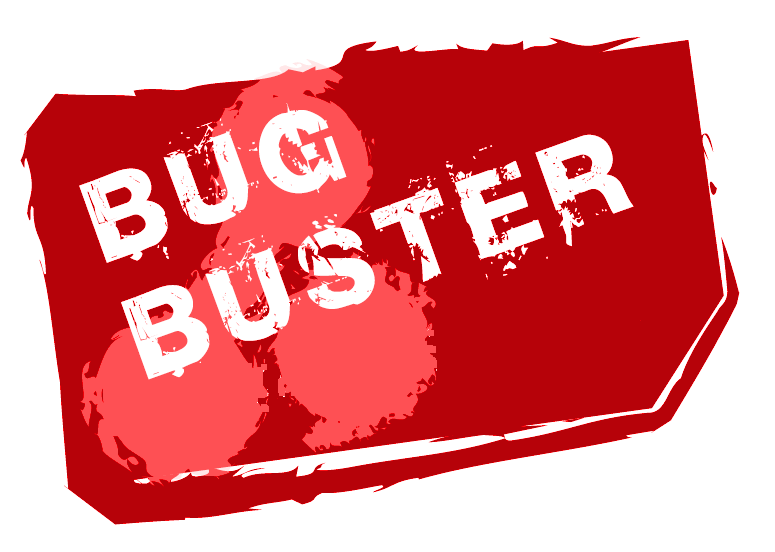Team:Newcastle University/Protocols
From 2008.igem.org
Newcastle University
GOLD MEDAL WINNER 2008
| Home | Team | Original Aims | Software | Modelling | Proof of Concept Brick | Wet Lab | Conclusions |
|---|
Agarose Gel Electrophoresis
- Add 20ml 50 X TAE to 980ml H2O.
- Add 3g agarose powder to 300ml of the TAE-H2O (1 x TAE) solution.
- Microwave full power for 5 minutes or until solution is clear and agarose has dissolved.
- Leave to stand for 5-10 minutes. Put tape around sides of tray.
- Pour solution into tray, add 4μl of ethidium bromide and mix gently using the comb.
- Clean the comb (this prevents capillary action drawing the gel up between the comb teeth and making 'spikes' around the wells) and reinsert near one end of the tray.
- Leave to set 30-40 mins.
- Remove tape and comb, place tray in electrophoresis machine and pour 1 x TAE solution to just cover the gel.
- Combine 1μl of loading buffer for every 5μl sample being loaded and mix by pipetting up and down.
- Load marker and samples and run the gel.
N.B. We have found that a thin gel works best for loading small samples, but a thicker gel may be preferable if lots of sample needs to be loaded (for example if a fragment needs to be cut from the gel). A comb with teeth taped together using autoclave tape can also be used to create larger wells.
N.B. We have run gels at 100V for 20 minutes and 70V for 60 minutes. The latter setting/time is better for running larger fragments such as whole plasmids as a high voltage can cause shearing of the DNA.
Isolating Plasmid from Cells (Miniprep)
- Pellet overnight culture by centrifuging 13,000g for 10 minutes.
- Pipette out supernatent and discard.
- Add 250μl resuspension buffer R3 and mix by pipetting up and down.
- Transfer to capped tubes.
- Add 250μl lysis buffer L7 and mix by inverting tube 5 times.
- Incubate for 5 minutes at room temperature.
- Add 350μl precipitation buffer. Invert until mixture is homogenous.
- Centrifuge 13,000g for 10 minutes. Place spin column into recovery tube.
- Load supernatent into spin column and discard capped tube.
- Centrifuge 13,000g for 1 minute. Discard supernatent.
- Add 700μl wash buffer W9 (with ethanol).
- Centrifuge 13,000g for 1 minute. Discard superantent.
- Centrifuge 13,000g for 1 minute to remove all liquid. Discard any remaining supernatent and recovery tube.
- Place spin column in new recovery tube.
- Add 100μl TE buffer or MilliQ H2O.
- Incubate for 1 minute at room temperature.
- Centrifuge 13,000g for 2 minutes. The supernatent in the recovery tube should contain isolated plasmid.
- Discard spin column and store plasmid at -20°C.
Restricting Plasmids (Double Restriction)
We have conducted restrictions in varying concentrations and total volumes; however they all follow the same basic procedure. Below are two of the different restrictions we carried out.
- 46μl MillQ H2O
- 10μl 10 x buffer
- 40μl plasmid sample
- 2μl enzyme 1
- 2μl enzyme 2
Total volume = 100μl
Concentrated
- 8μl MilliQ H2O
- 5μl 10 X buffer
- 10μl plasmid sample
- 1μl enzyme 1
- 1μl enzyme 2
Total volume = 30μl
- Incubate solutions for 90 minutes in a 37°C water bath.
- If DNA is to be run on a gel and a band cut out, this can be done without purifying the DNA. For all other downstream applications or for storage, solution must be purified to remove the enzymes.
Transforming Plasmid into Cells
- Add 2μl plasmid to 50μl of competent cells.
- Incubate for 30 minutes on ice.
- Heat shock for 2 minutes at 42°C.
- Add 250μl LB.
- Incubate for 120 minutes at 37°C whilst shaking or rotating.
 "
"

